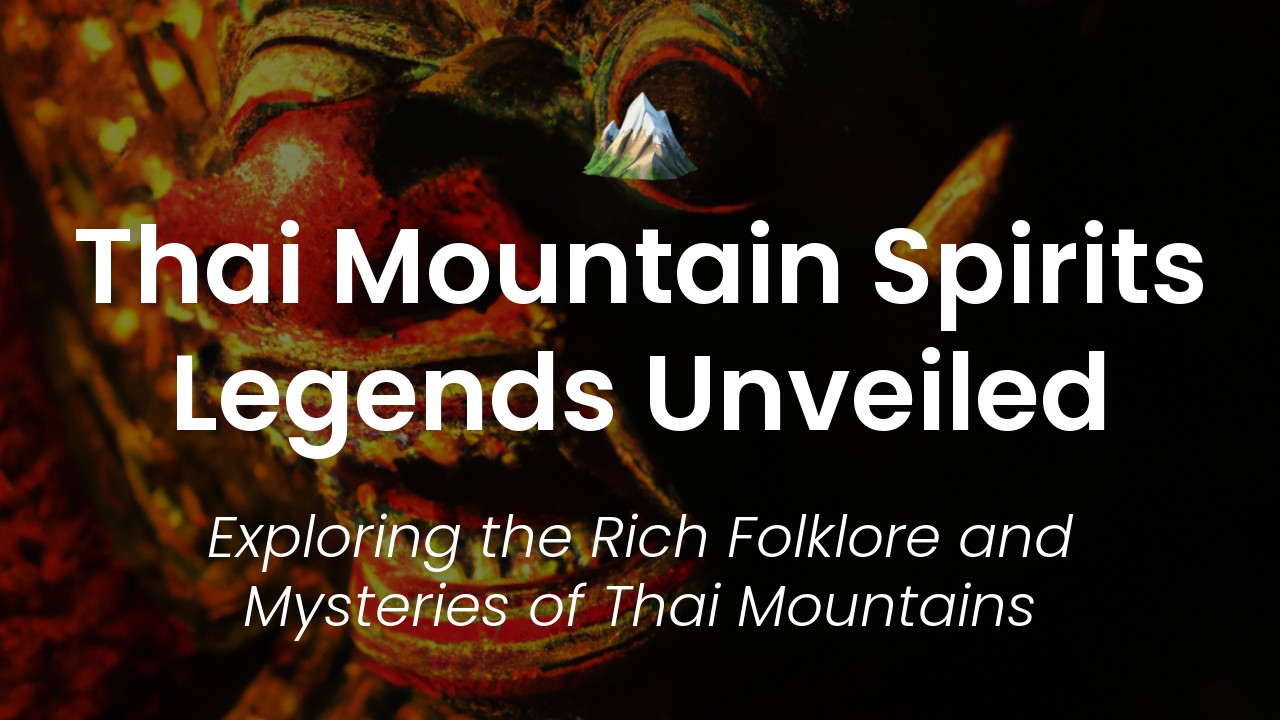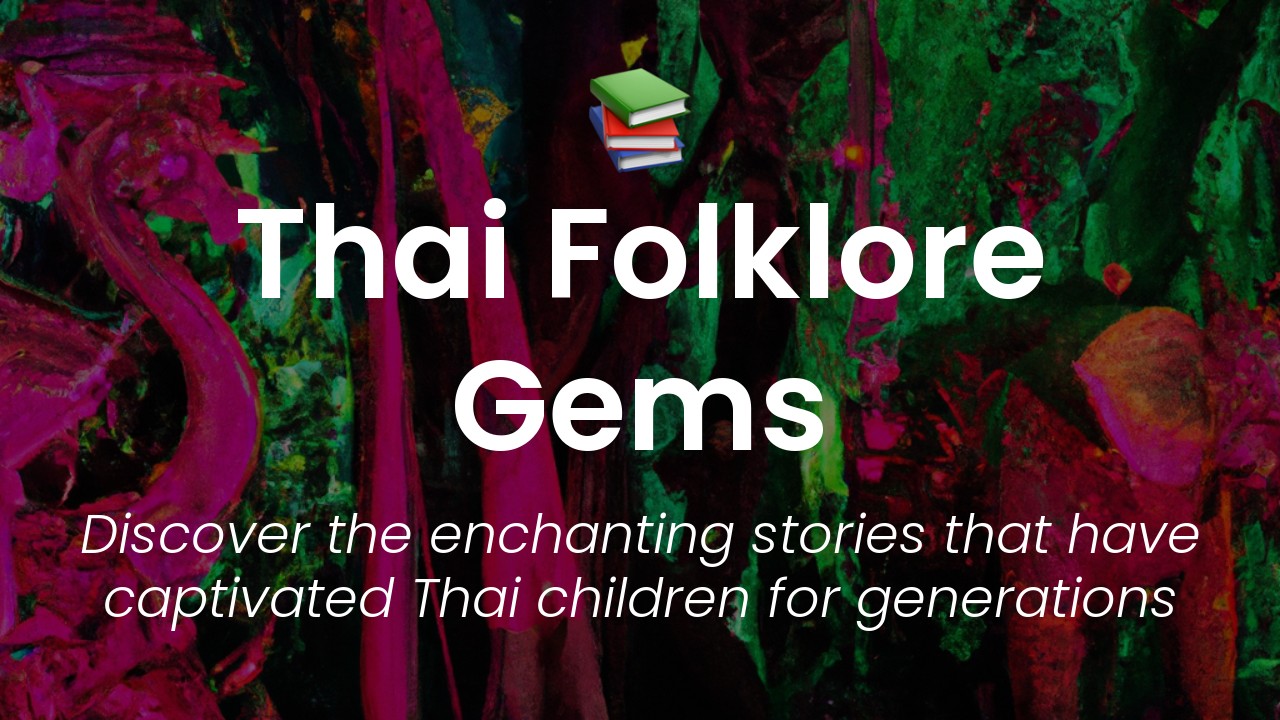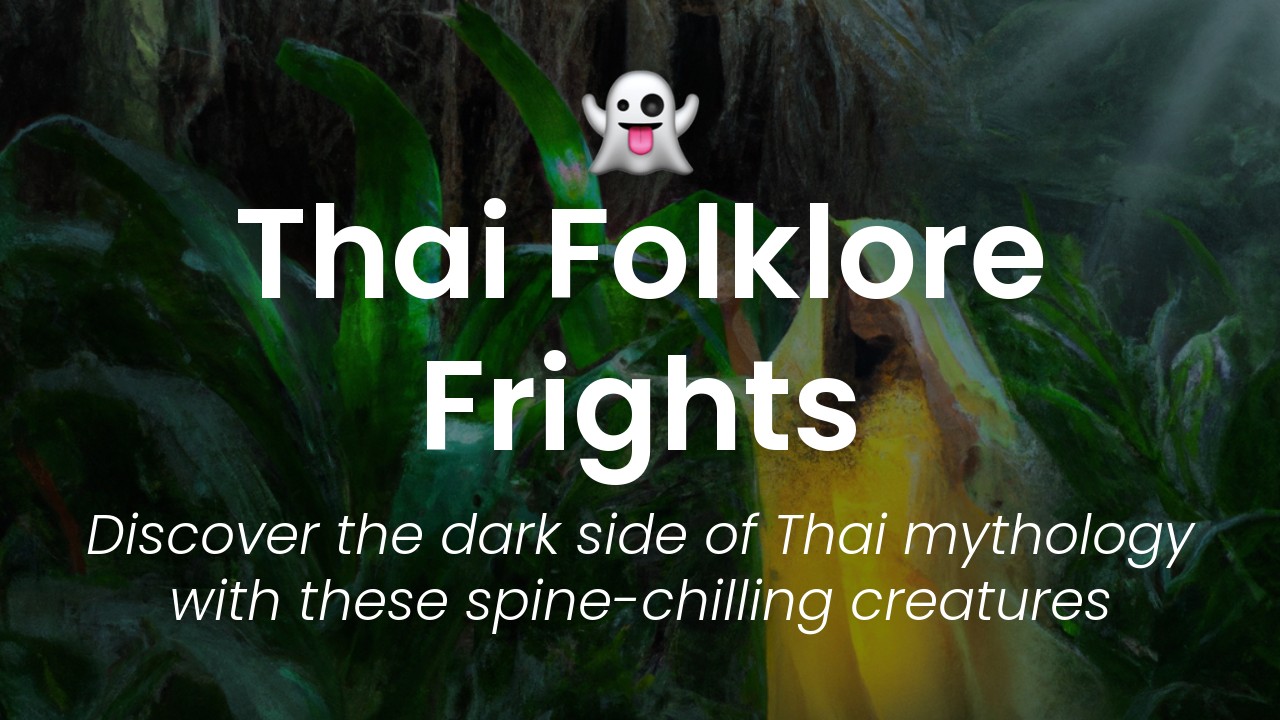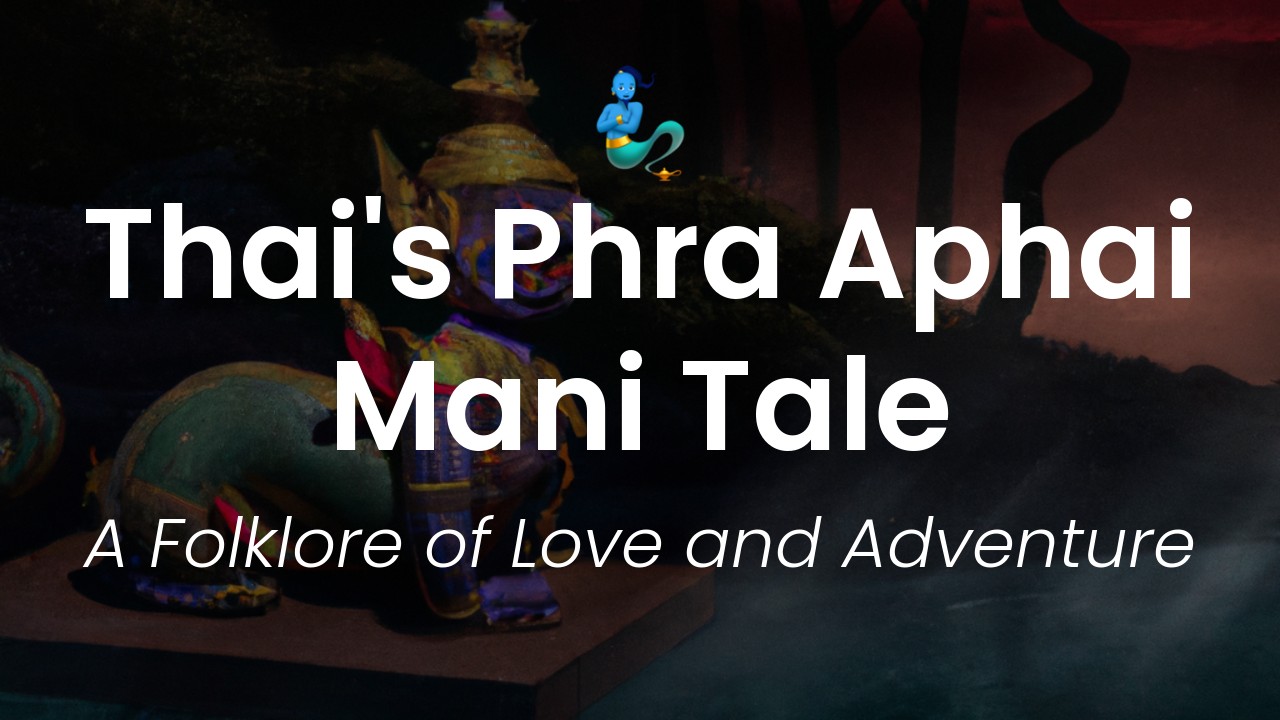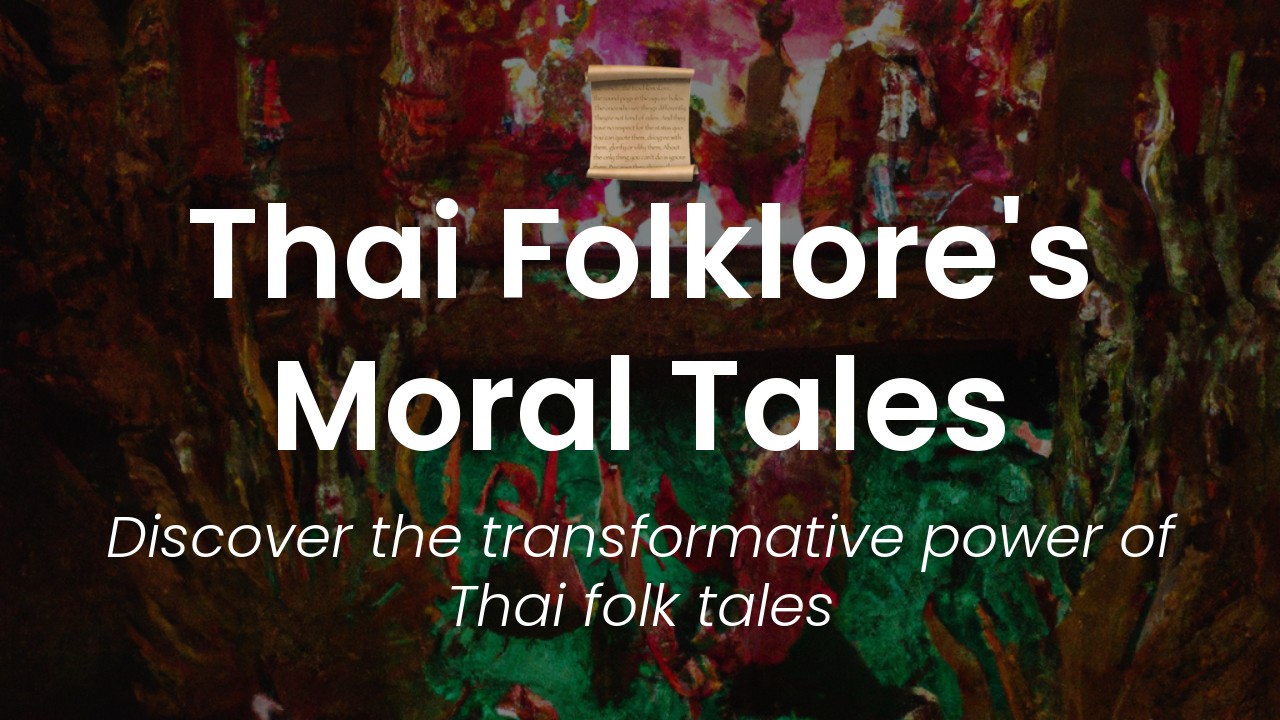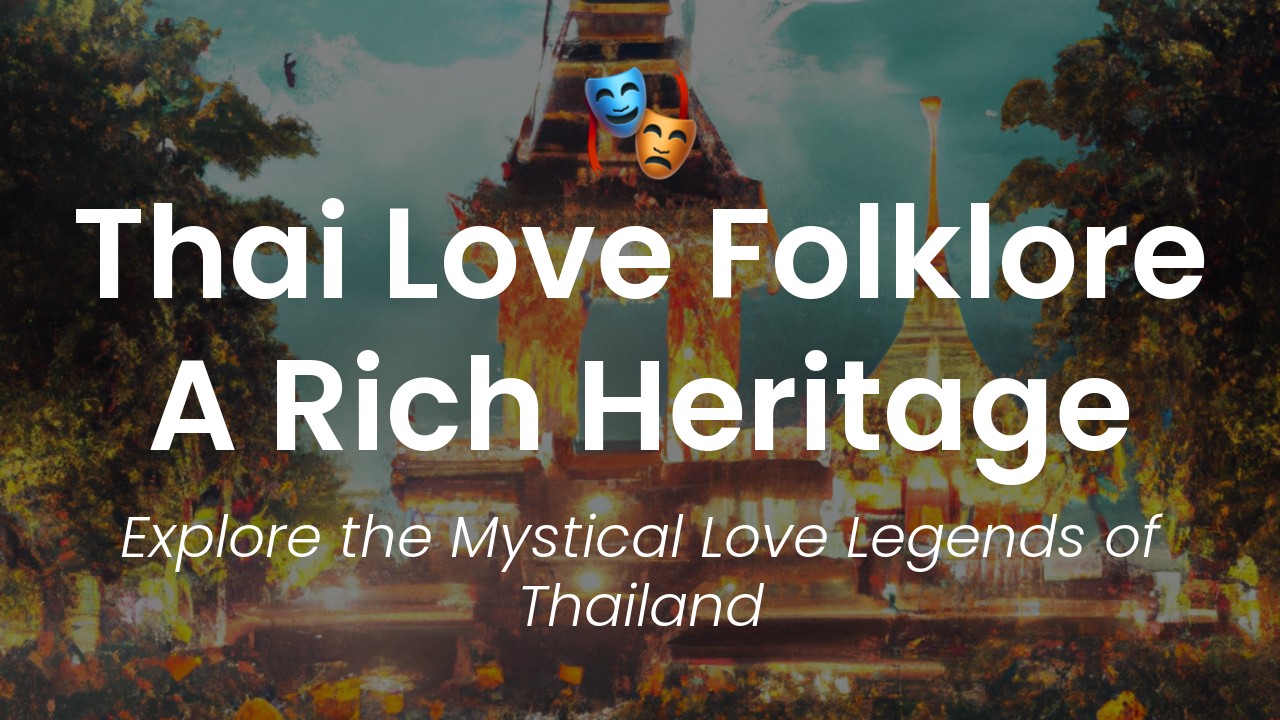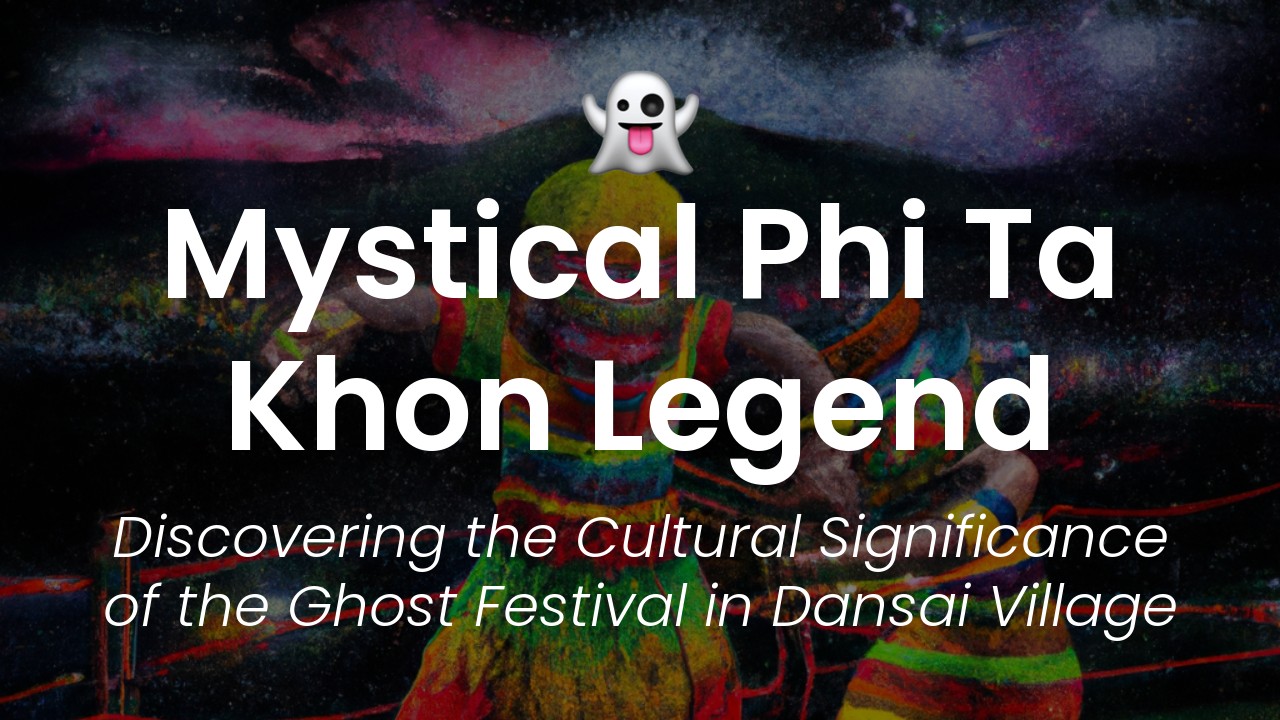Hello, dear readers! I am Sirinya, and today I wanted to share something with you about the mysterious and enigmatic world of Thai mountain spirits. These spirits and legends hold a special place in Thai culture, and they're often talked about in mythology, depicted in art and music, and frequently featured in movies and TV shows. But who are these spirits, and where do they come from? What are the legends surrounding them, and what do they represent for the Thai people?
In this article, we'll discover the fascinating world of Thai mountain spirits together, unraveling the deep meaning behind each story and legend. Thailand is known for its beautiful natural landscapes and breathtaking mountain ranges, which are home to different types of spirits and mythical creatures. These spirits are revered and respected in Thai culture, and their stories have been passed down from generation to generation.
I have always been fascinated by the mythical and spiritual elements of my country's history and culture. For me, it's essential to preserve and celebrate these stories that represent so much more than just a belief in supernatural beings. These tales are a reflection of the Thai people's values, traditions, and way of life. So, without further ado, let's dive into the world of Thai mountain spirits and unlock the secrets of their legends!
The Origins of Thai Mountain Spirits
Deep inside the lush mountains and forests of Thailand, you may come across intriguing beings that are believed to inhabit these sacred spaces. These beings, known as Thai mountain spirits, have a long and fascinating history in Thai culture.
The origins of Thai mountain spirits can be traced back to animistic beliefs that were prevalent in pre-Buddhist Thailand. In these beliefs, spirits were seen as residing in natural places like trees, rocks, and water. These spirits were feared and revered, and people believed they had the power to affect human lives.
As Buddhism spread throughout Thailand, these animistic beliefs didn't disappear; rather, they became intertwined with Buddhist teachings. Thai mountain spirits came to be seen as guardian spirits of the forests and mountains, charged with keeping them safe and inhabiting them with their magic.
A Closer Look at the Top 3 Spirits
There are a seemingly infinite number of Thai mountain spirits, but a few of them stand out as particularly significant. Let's take a closer look at three of the most important ones:
Phi Ta Khon
Also known as the "ghost festival," Phi Ta Khon is a three-day celebration that takes place in the Loei province of Thailand. It is believed to have originated as an offering to the spirits to ask for rain and a good harvest. The highlight of the festival is the "ghost parade," in which people dress up in elaborate costumes and masks and dance through the streets.
Nang Tani
Nang Tani is the spirit of the banyan tree, and she is said to be the most beautiful of all the mountain spirits. She typically appears as a floating female figure dressed in a traditional Thai outfit. It is said that those who encounter her will have good luck and fortune.
Mae Nak
Mae Nak is a ghost that is said to haunt the area around the Wat Mahabut temple in Bangkok. She was a woman who died in childbirth and returned as a spirit to be with her husband. Her ghost is said to be benevolent, but still capable of causing harm to those who disrespect her.
The Beliefs and Practices Surrounding Them
The beliefs surrounding Thai mountain spirits vary widely depending on the spirit in question. Some spirits are believed to be mischievous and even dangerous, while others are seen as benevolent protectors. Regardless of their reputation, it is generally believed that the spirits must be respected and treated with reverence.
There are many practices surrounding mountain spirits, including offerings of food, drink, and flowers. It is also common to make "spirit houses" or "spirit trees" in honor of the spirits. These are miniature versions of houses or trees that are placed near the real ones to provide a place for the spirits to reside.
Stories of Interactions with Mountain Spirits
There are countless stories of people encountering Thai mountain spirits, both good and bad. Some of these stories are passed down through generations, while others are more recent accounts. Here are just a few examples:
The Monk Who Met Nang Tani
A monk was meditating under a banyan tree when he saw Nang Tani appear before him. She explained that she was the spirit of the tree and that she had come to protect him. The monk was filled with gratitude and from that day on he felt a special connection to the banyan tree.
The Couple Who Disrespected Mae Nak
A couple was staying near Wat Mahabut when they decided to use the bathroom in the temple's graveyard. Mae Nak appeared before them and demanded that they leave, but they didn't listen. Later that night, they were awoken by the sound of a baby crying. When they searched the room, they found Mae Nak sitting on their bed holding a baby. They fled the room and never returned.
The Children Who Were Saved by Phi Ta Khon
During a Phi Ta Khon festival, two children became lost in the woods. They were afraid and alone when they suddenly heard the sound of people laughing and singing. They followed the sound and came upon the ghost festival, where they were reunited with their family.
The Role of Mountain Spirits in Thai Culture
Thai mountain spirits play a significant role in Thai culture and are deeply intertwined with the beliefs and practices of the people. They are seen as protectors of the natural world and as powerful beings with the ability to affect human lives.
Many Thais still practice animistic beliefs alongside Buddhism, and you can see evidence of this throughout the country. From the spirit houses that decorate front yards and city streets to the ghost festivals that draw thousands of worshippers, Thai mountain spirits are a mysterious and fascinating part of the cultural landscape.
How They Have Adapted to Modern Times
While traditional beliefs and practices surrounding Thai mountain spirits still exist, modern times have brought changes to the way people interact with them. For example, spirit houses are now available for purchase in stores, and people are less likely to make their own.
The role of Thai mountain spirits has also changed somewhat in urban areas, where people are less likely to interact with them on a day-to-day basis. However, festivals like Phi Ta Khon and the ghost parades that take place in cities show that the traditions surrounding the spirits are still alive and well.
Tips for Experiencing Mountain Spirits Yourself
If you're interested in experiencing Thai mountain spirits for yourself, there are a few things to keep in mind.
First, it's important to approach the spirits with respect and reverence. Offerings of food, drink, and flowers are always appreciated.
Second, it's a good idea to learn about the specific spirit you're interested in encountering. Different spirits have different personalities and likes and dislikes, and understanding them can help you interact with them in a more meaningful way.
Finally, it's worth remembering that encounters with Thai mountain spirits are often spontaneous and unpredictable. While there are some places and festivals where you're more likely to encounter them, it's ultimately up to the spirits themselves whether or not they want to reveal themselves.
Conclusion
Thai mountain spirits are a fascinating part of Thai culture and a reminder of the deep connections between humans and the natural world. Whether you're a believer or a skeptic, learning about the myths, legends, and practices surrounding these enigmatic spirits is sure to be an enlightening journey. So why not explore the forests and mountains of Thailand and see if you can catch a glimpse of a Thai mountain spirit yourself?

